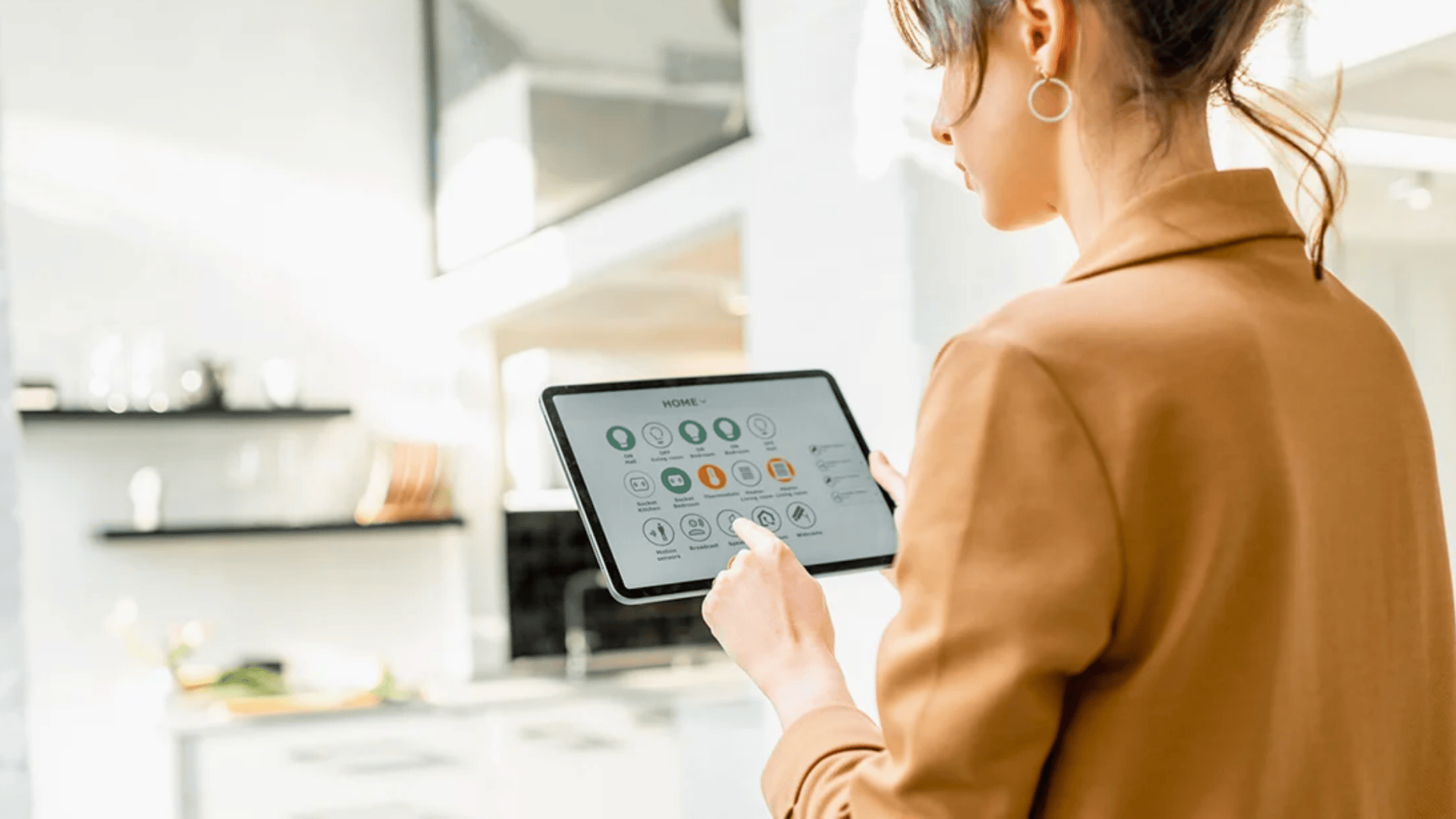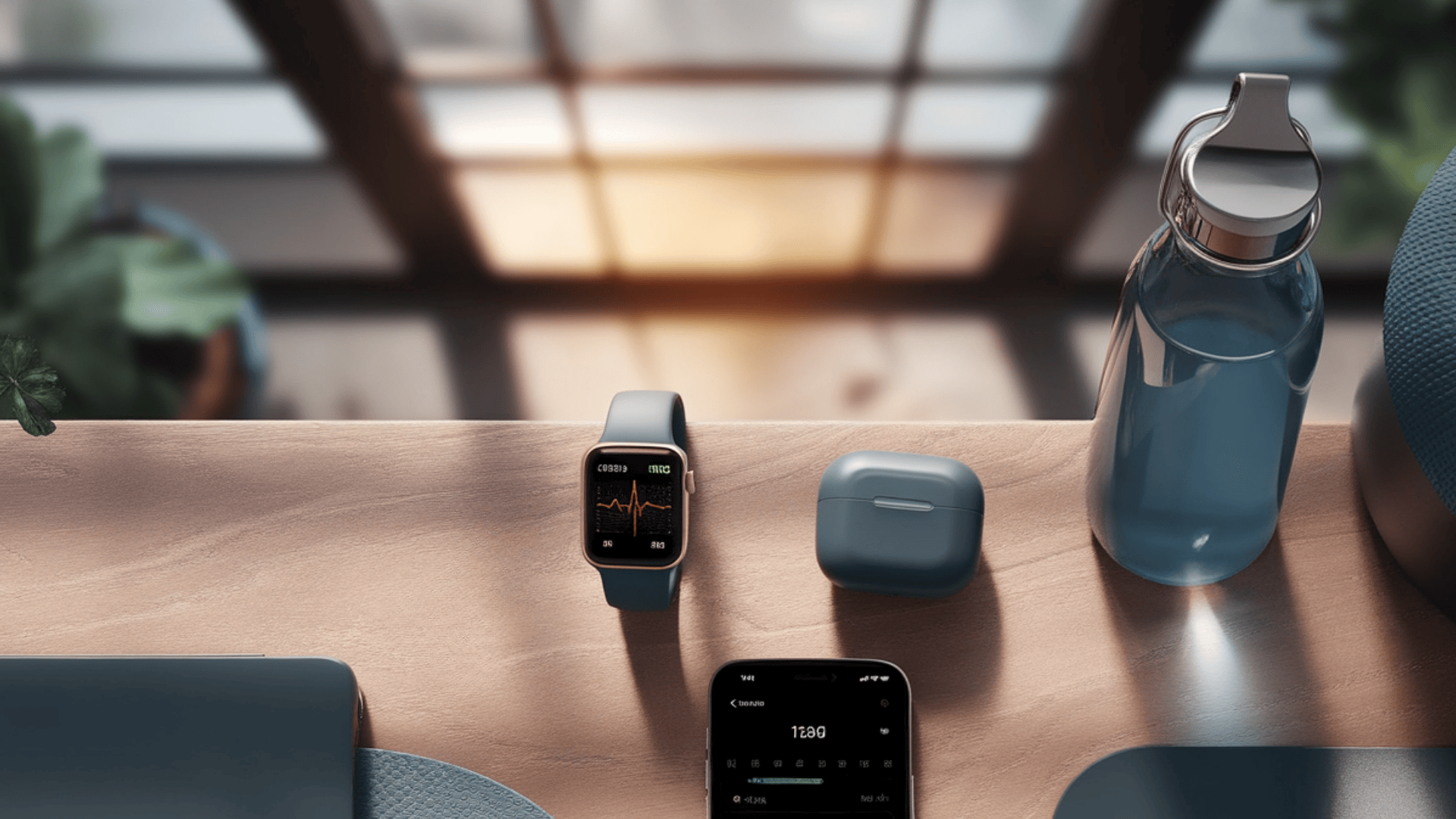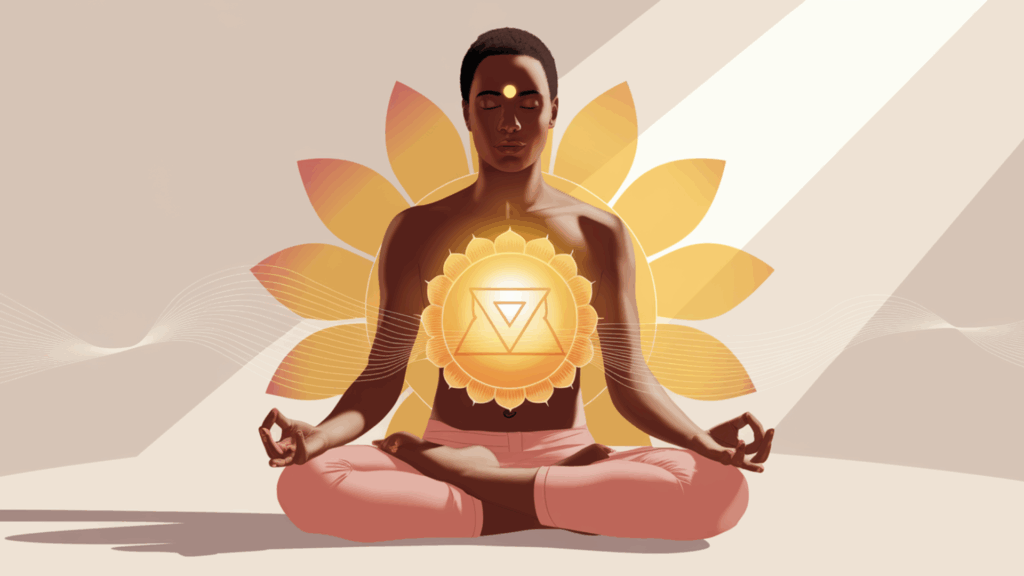Technology is all around us, from the way we work to the way we relax, and it’s changed how we care for ourselves.
I’ve often wondered, how has the development of technology positively affected our wellness? The truth is, today’s tools can help you move more, eat better, stress less, and stay connected in ways we couldn’t before.
In this post, I’ll walk you through how technology can support physical, mental, emotional, and social health. You’ll also see what risks to watch for and simple ways to use it wisely.
I’ll share examples and give you a glimpse of where wellness tech might be headed. Let’s see how you can use these tools to feel better every day.
How Technology Supports Wellness
Technology has made taking care of your overall well-being easier, more personalized, and more accessible than ever.
If it’s your body, mind, emotions, or social connections, the right tools can help you stay on track every day.
Access to Wellness Tools
You no longer need to go to a gym, wellness center, or clinic to get support. Apps and devices make it easy to work toward your health goals from anywhere.
- Fitness apps and trackers: monitor steps, workouts, heart rate, and calories burned.
- Nutrition and meal-planning apps: help you make healthier food choices.
- Meditation and relaxation apps: guide you through breathing exercises, mindfulness, and sleep routines.
These tools are available 24/7, so support is always within reach if you want to build healthy habits or improve your lifestyle.
Community and Connection
Feeling connected is an important part of wellness. Online platforms and social networks allow people to share progress, stay motivated, and learn from others.
- Virtual workout groups and fitness challenges encourage accountability.
- Online wellness communities provide tips, recipes, and emotional encouragement.
- Peer support groups create safe spaces for sharing experiences and advice.
Technology makes it possible to join communities that match your goals, even if you’re far from local resources.
Guidance and Early Support
Quick access to guidance can make a big difference in both physical and mental health. Tech offers tools that help you recognize issues early and take action.
- Wearables: can alert you to irregular heart rates, poor sleep, or high stress levels.
- AI health assistants: suggest fitness plans, meal ideas, or relaxation techniques based on your data.
- Telehealth services: connect you with doctors, nutritionists, or wellness coaches without leaving home.
These features help you spot potential problems sooner and get support before they grow into bigger concerns.
If you need daily motivation or expert guidance, technology provides real ways to care for your complete well-being, helping you feel strong, balanced, and connected.
Potential Health Risks of Tech

While technology can support overall wellness, it also brings challenges that affect many people today.
Social media can create unrealistic standards, leading to feelings of inadequacy about appearance, lifestyle, or achievements.
Spending too much time online can reduce physical activity, disrupt sleep, strain your eyes, and shorten your attention span. Constant notifications and multitasking may also increase stress and reduce focus.
It’s easy to fall into negative digital habits, such as doomscrolling, obsessively tracking health data, or overconsuming wellness advice. This can cause unnecessary worry, self-diagnosis, or even burnout.
Being aware of these risks allows you to set healthy boundaries and build digital habits that protect your physical, mental, and emotional well-being.
How People are Using Tech to Thrive
Technology isn’t just for experts, but it’s helping everyday people feel better and manage their mental health. Here are a few real-life examples of how it’s making a difference.
- College student using focus apps: Uses tools like Forest and Notion to stay focused and manage ADHD during study sessions without distractions.
- Remote worker starting the day with meditation: Begins mornings with a 5-minute Calm session to lower stress and stay focused while working from home.
- Senior tracking sleep and breathing: Uses a smartwatch to monitor sleep quality and breathing patterns, helping reduce anxiety and feel more in control.
- Teen using a mood tracking app: Logs daily moods in an app like Daylio to spot patterns and improve emotional awareness over time.
- Parent using mindfulness with kids: Plays guided breathing and relaxation tracks from YouTube or apps to help the whole family wind down before bedtime.
These stories show that wellness tech can fit into any lifestyle. A few small changes each day can lead to better mental balance and peace of mind.
The Future of Wellness and Technology
Health tech is quickly growing, with new tools being developed to better understand your body, mind, and overall well-being.
Apps and devices may soon be able to predict changes in your health, such as stress levels, energy dips, or recovery needs, by tracking patterns in sleep, movement, nutrition, and daily habits.
Virtual reality is being used for more than therapy, offering immersive workouts, guided relaxation, skill training, and rehabilitation exercises in safe, controlled environments.
Wearable rings, headbands, and smart clothing are being designed to track heart rate, stress, posture, and even brain activity, providing real-time feedback to improve both physical performance and mental balance.
These innovations show how wellness technology is becoming smarter, more proactive, and more personal, helping you maintain better health in every aspect of life.
Creating a Healthy Digital-Wellness Balance

Staying well in a digital world isn’t about avoiding technology; it’s about using it intentionally to support your physical, mental, emotional, and social health.
Through working with wellness experts and studying recommendations from reputable health sources, one truth stands out: small, consistent habits have the biggest impact.
1. Practice Digital Hygiene
Set limits on screen time to avoid endless scrolling, and turn off non-essential notifications so you can focus on what matters.
Why it works: Less screen overload reduces stress, supports better posture and eye health, and frees time for physical activity and real-life connections.
2. Schedule Real-Life Breaks
Step away from your devices throughout the day, go for a walk, stretch, cook a healthy meal, meet a friend in person, or enjoy a no-tech evening once a week.
Why it works: Breaks help your body stay active, your mind recharge, and your social bonds grow stronger.
3. Be Mindful About What You Consume Online
Choose apps, videos, and platforms that inspire healthy living, like guided workouts, nutritious recipe channels, mindfulness podcasts, or educational courses. Avoid mindless scrolling and opt for activities that energize you.
Why it works: Intentional use boosts learning, motivation, and mood while reducing the risk of burnout or unhealthy habits.
4. Tech is a Tool, Not a Master
Technology should serve your goals, not control your time or attention. Use it to track progress, learn new skills, or connect with others without letting it replace movement, rest, or face-to-face interactions.
Data, Privacy, and the Ethics of Wellness Tech
When you use wellness apps or devices, you’re often sharing personal information. It’s important to know how your data is handled and what to watch out for.
- Understand how your data is stored and shared: Some apps collect details like mood, location, or health info. Always check if your data is stored safely and if it’s shared with third parties.
- Read privacy policies before signing up: Look for clear rules about what the app collects and how it’s used. If the policy is confusing or vague, that’s a red flag.
- Ask questions before downloading: Does the app need access to your contacts or microphone? Does it let you delete your data? Apps that collect more than required may not be trustworthy.
- Check for transparency and updates: Reliable apps keep users informed about changes in policies and safety features. Look for tools that are open about how they work.
- Be aware of regulation gaps: Not all wellness tech is reviewed by health experts. Unlike doctors or therapists, apps don’t always follow strict rules, so be cautious about what advice you follow.
Your health is personal. Before trusting an app with sensitive info, make sure it protects your privacy and gives you control over your data.
Conclusion
You now know how the development of technology has positively affected our wellness, from tracking fitness and boosting mental balance to building stronger connections.
Think about which tools could really make a difference for you. Start small, maybe it’s trying a fitness app, adding a short meditation to your day, or joining an online wellness group.
I’ve found technology works best when you use it with purpose and balance. For more simple, practical tips on wellness, self-care, and healthy tech habits, check out my other blogs and start shaping your own path to better living.

















